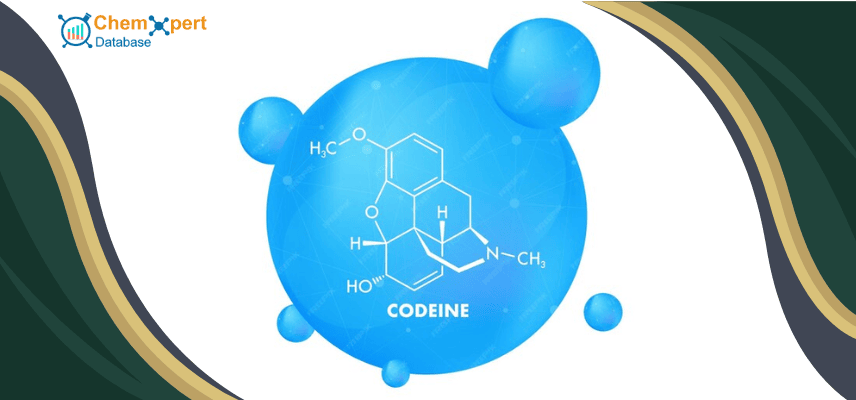
Codeine is an opiate derived from opium poppy (Papaver somniferum). It's got a long history and a lot of applications. Codeine is known for its analgesic properties and as an opioid analgesic, it has been prescribed for decades to manage moderate to severe pain and cough suppression. In order to take account of its strength and potential for abuse, we need to be careful and aware. In this blog we will explore the origins, pharmacology, medicinal uses, global market size and social impacts of this fascinating substance.
It is derived from the opium poppy plant, codeine holds a long-standing medicinal legacy spanning centuries. It was first isolated by a French chemist, Pierre Robiquet, in the early 19th century.
Codeine acts by binding to opioid receptors in the central nervous system, in particular mu opioid receptors. This action may alter the perception of pain, leading to a feeling of euphoria and sedation. Furthermore, by acting on the brainstem, codeine prevents cough reflex.
1. Pain Management: In the treatment of mild to moderate pain, Codeine is mainly used. It acts as a prodrug, converting to morphine in the liver. When combined with paracetamol (acetaminophen) or nonsteroidal anti-inflammatory drugs (NSAIDs), it enhances pain relief.
2. Cough Suppression: Codeine inhibits cough reflex as an antitussive. The use of this medicine in children and adults for acute cough suppression is not fully supported by the available evidence.
3. Diarrhea Control: The antidiarrheal properties of Codeine make it useful for the management of diarrhoea, although other medicines are frequently preferred.
4. Sedation: Sedation or drowsiness is one of the common side effects of codeine. Impaired cognitive and motor function may lead to reduced alertness and coordination.
By 2025, the global market size for codeine is expected to be worth USD 259.5 million, down from USD 322 million in 2019. The forecast period shows a CAGR of -5.3%. (Courtesy: Decision Databases)
Codeine exerts an analgesic effect by binding to opioid receptors in the CNS. Its action is similar to that of morphine, but less potent.
In oral administration, codeine usually begins to work within 15 to 30 minutes, with a peak effect of nearly two hours. Its duration of action spans approximately four to six hours.
Vomiting, constipation, drowsiness, lightheadedness and itchiness are the most common side effects. However, serious risks include breathing difficulties and addiction.
1. Recreational Use- Beyond its medical applications, codeine is also a recreational drug. The need for responsible use is underlined by its potential to abuse and the risk of habituation.
The legal classification of codeine varies from one country to another. In some countries, it is a controlled substance (e.g., Schedule II in the US), while others permit its use under prescription.
The Chemxpert database, top pharmaceutical database company in India, is a vast repository of information on the subject of codeine, covering both technical and substantive aspects. You will find information on pharmaceutical production, including customer data, supplier information, market analysis, research studies, and pricing details relating to codeine in this database. It helps in making the right choices, prepares for market developments and you learn more about competitive landscape through this valuable resource.
In a nutshell, the combination of pharmacology, history and societal impact makes codeine an intriguing topic. Understanding its mechanism of action, efficacy and safety is important to inform healthcare professionals and patients of the information needed in order to achieve optimum results while minimizing risks. In order to ensure the safety of treatment, it is important that follow guidelines.

Sick and tired of always wondering if you are being asked to pay the right price for your APIs? This empowers you with the answers you need to make the right decisions in the Global API market.
Chemxpert Database is one of the biggest and most comprehensive directories of pharma and chemicals, manufacturers, suppliers and information. Provided with current information on prices, demand and transactions, it gives you instant feedback on whether you are buying what is right and at the right time.
Start using market intelligence today and allow yourself to be in control in the API market.
Check it out today and make more informed sourcing decisions! Learn More!